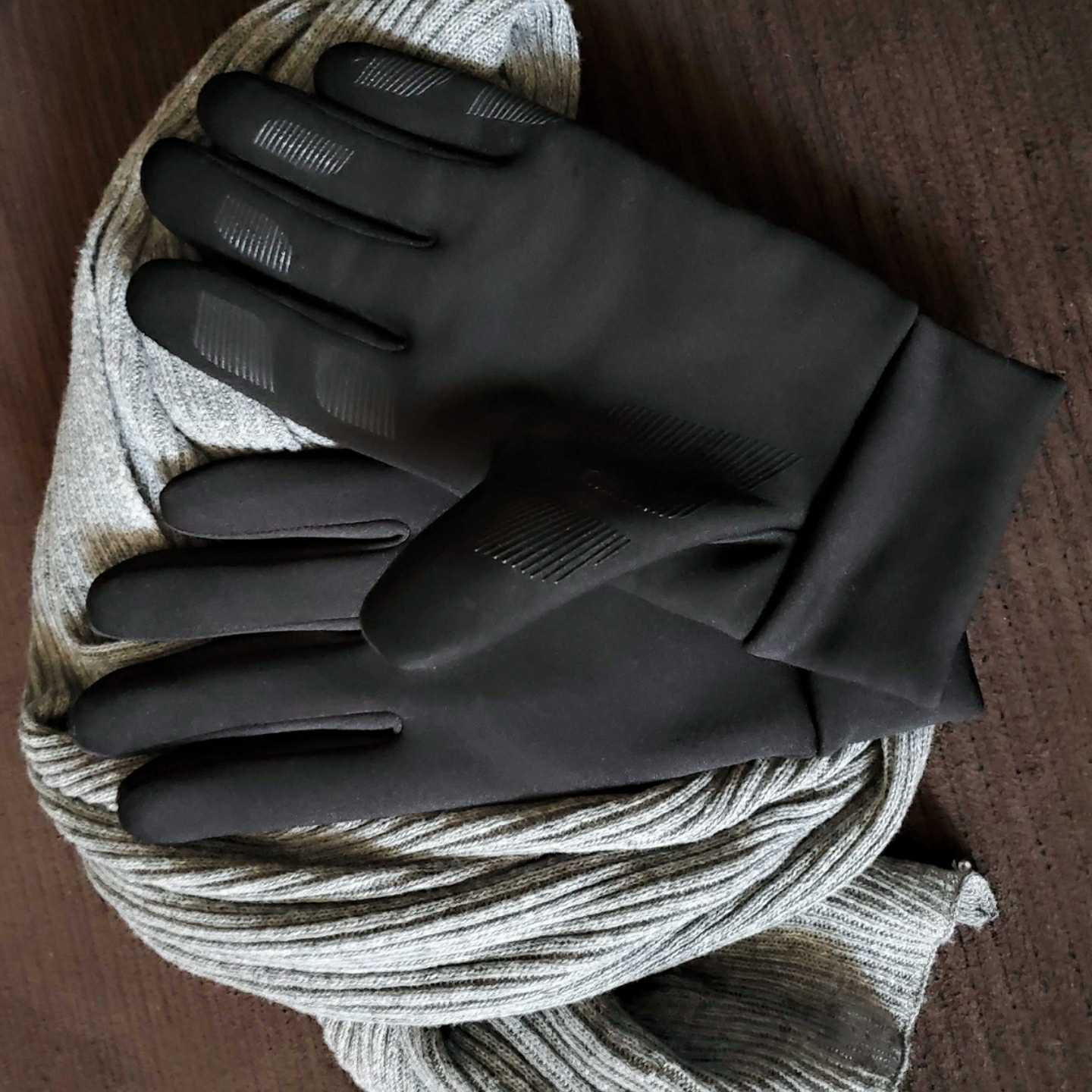It’s winter, and that means people are going to be going on ski vacations around the country and around the world. While skiing is an amazing way to spend time outdoors and enjoy the snow, it carries pretty significant risks.
The risks of skiing can be minor or deadly, and according to the National Ski Areas Association, there is an average of 44 serious injuries a year related to skiing, including serious head injuries and paralysis.
Alpine skiers are three times more likely to be in an accident with other people than snowboarders, and the most common ski accidents include falling, colliding with other skiers, and accidents related to ski and chair lifts.
The most common types of specific injuries from skiing accidents include leg fractures, concussions, ruptured ligaments, and broken bones.
Understanding the risks and taking the necessary steps to protect yourself against them as much as possible can help you enjoy all that skiing has to offer without a sense of anxiety about potential accidents.
The following are some things to know about the risks of skiing and how to keep yourself safe.
General Safety Tips
The following are some overall safety tips to keep in mind before you hit the slopes and while you’re skiing.
- Make sure that you’re in fairly good shape before you go skiing. It’ll be much easier to stay safe if you’re in reasonably good physical shape and are used to a fair amount of physical activity.
- Ensure you have the right equipment. Don’t borrow equipment if you don’t have your own. Instead, rent it from the resort or a ski shop so they can help make sure it fits you properly.
- Wearing a helmet is a good idea when skiing, and this is especially true for children.
- If you aren’t sure what you’re doing, take a lesson beforehand. Even if you are experienced, you might benefit from a lesson or a refresher.
- Don’t let yourself get too tired and worn out. It’s a good idea to rest when you feel like you need to and maybe even if you don’t feel like you need to. You’re burning up a lot of energy when you’re skiing, and along with taking a break, make sure you’re getting enough to eat and drink.
- Know your limits. Don’t push yourself more than what your capabilities are, and always follow the rules.
ACL Injuries
ACL injuries account for anywhere from 16 to 17% of all injuries related to skiing. When you have an ACL injury, not only can be it be painful and debilitating at the time but it can create long-term issues as well. Some people who have ACL injuries develop walking problems as a result.
One reason for ACL injuries is that you catch the edge of your ski and your leg rotates too quickly. You can also get an ACL injury on jumps and falls.
To minimize the potential of ACL injuries when skiing, you should avoid doing anything you aren’t comfortable with, including tricks that could lead to a fall or trying to ski on slopes that you may not be ready for. If you keep a 45-degree angle on your skis it can also help prevent catching.
Similarly common in skiing are broken legs, and one way to avoid or at least lower this risk is to strengthen your leg muscles.
Head Injuries
Head injuries can be the most severe and deadly type of skiing accident. Head injuries can be severe, and they are often because of a combination of not having head protection and going too fast. If a skier is going up to 80 mph or more, which is possible and likely, and they fall, their head may bounce on the snow.
Even more serious than that can be if a skier hits an obstacle such as a tree.
To lower this risk, when you’re skiing, you should have head protection, and you should also stay on slopes you’re comfortable with on days with good visibility.
Frostbite
Frostbite isn’t necessarily related to the skiing itself, but instead the conditions surrounding skiing. To prevent frostbite, ensure that you’re covering areas of your body from being exposed to the cold, wind and snow. This, in particular, includes your fingers and toes.
It only takes 30 minutes for wind chill to cause frostbite, and you can also get it from touching a cold surface.
Of course, there are other risks associated with skiing as well, but these are a good starting point to keep yourself and your family safer during your winter ski holiday.






